Is MACA the Most Delicious Art Museum in Costa Blanca?
The first time I visited the Museo de Arte Contemporáneo de Alicante (MACA) was back in early 2021. We were in the midst of a global pandemic...
by nina (andre)
9/26/20242 min read
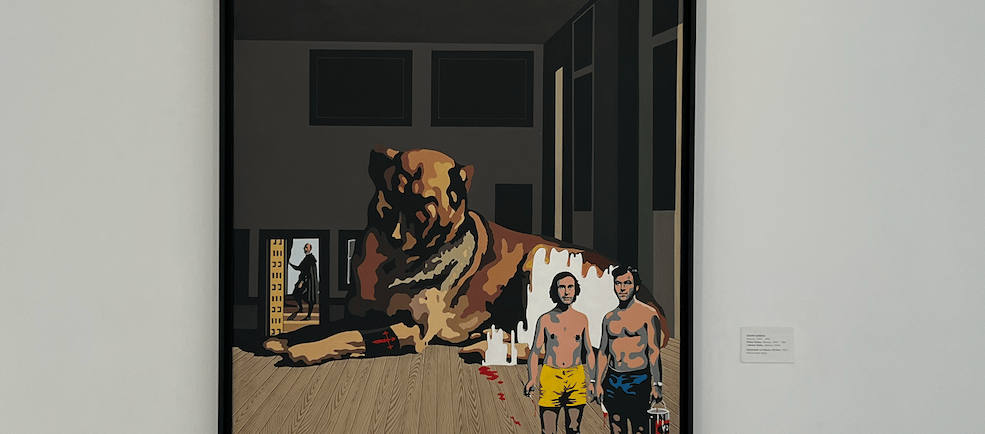

The first time I visited the Museo de Arte Contemporáneo de Alicante (MACA) was back in early 2021. We were in the midst of a global pandemic, and I was temporarily living in Spain to be closer to family. Zurich didn’t feel like the coziest place to spend long, isolated nights—especially with the cold setting in and most of my friends and family either leaving the country or moving to faraway mountain towns. The world felt way different back then.
In Alicante, I quickly found a circle of friends. We’d have dinners together, make experimental art, and travel, but still, most days I felt suffocated staying inside. As much as I love my alone time, this was just too much. So, I would wander the streets of Alicante. Normally, when I am in a city, I don’t do much research—I know, bad habit—but I like discovering things on my own without the pressure of 'shoulds'.
One afternoon, after a long working day at my temporary Spanish home, I decided to wrap things up with a carajillo at a local coffee shop near the historic center. I hit send on my last email of the day—filled with the usual boring stuff financing my lifestyle, lol—and just walked. No plans, no destination. That’s when I stumbled upon the most delightful space: MACA.
This museum stands as one of Spain’s most significant contemporary art museums, showcasing an impressive collection of modern art. Tucked inside a beautifully restored 17th-century building, MACA blends Alicante’s historical charm with avant-garde—and the entry is still completely free!
Much of its core collection comes from Eusebio Sempere, a celebrated Spanish artist and sculptor known for his contributions to Op Art and Kinetic Art. In 1977, Sempere, who was born in Alicante, donated a treasure trove of artworks to the city. His gift included masterpieces by renowned 20th-century artists like Picasso, Miró, Dalí, and Juan Gris.
One piece that was especially meaningful for me was a work by Jesús Rafael Soto, a Venezuelan artist known for his contributions to Kinetic Art. Seeing his art in MACA felt special, as you don’t expect such a global collection in a relatively small museum. His work, with its hypnotic movement and the way it plays with lines and space, just pulls you right in.
Sempere’s works are also on display, alongside an eclectic mix of Cubism, Surrealism, Abstract Expressionism, and his signature geometric and kinetic art. Another highlight is the Juana Francés Collection, which honors one of Spain’s pioneering post-war female artists. Her raw, expressionist pieces add another layer of depth to the museum’s already delightful collection.
This summer, I returned to MACA, and to my delight, I could finally take pictures inside the museum! It was such a joy to capture the stunning artworks that had once been off-limits during my first visit. Since its opening, MACA has continued to expand, thanks to Sempere’s vision of making world-class contemporary art accessible to everyone. Today, it not only showcases permanent collections but also hosts rotating exhibitions, cultural events, and workshops, making Alicante a favorite art destination in Costa Blanca.
Address: Pl. Sta. María, 3, 03002 Alicante, Spain
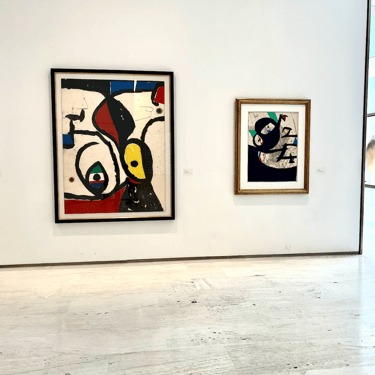
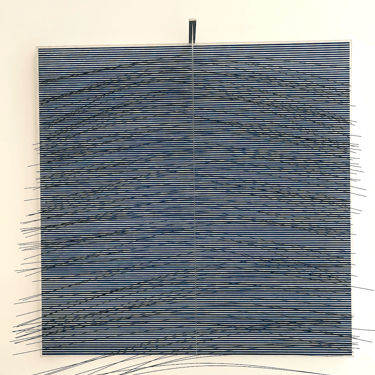
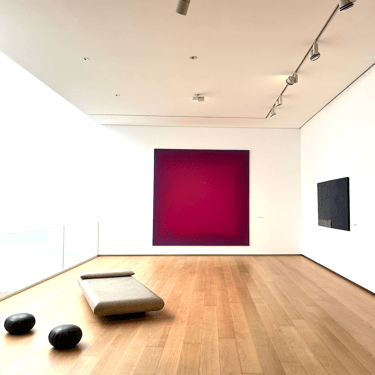

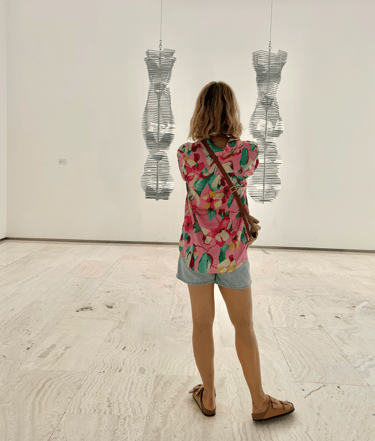

Hope you enjoyed reading,
X,
nina